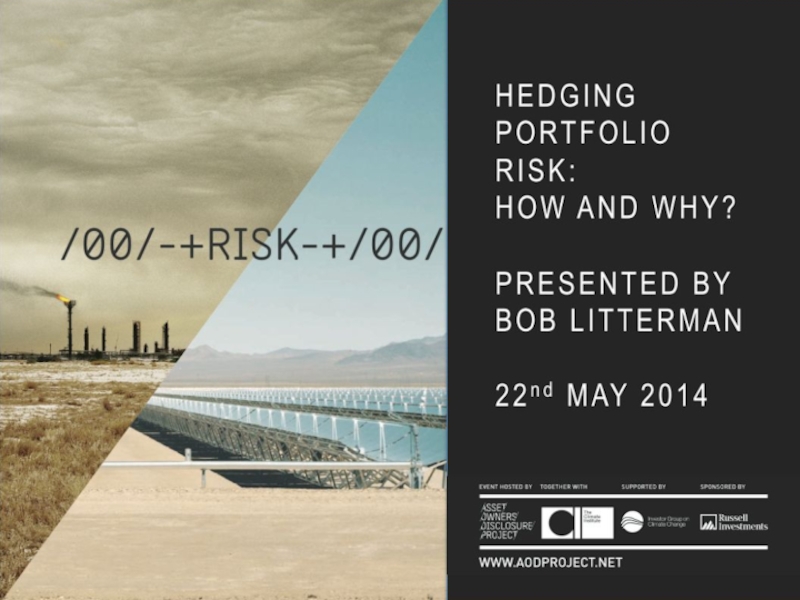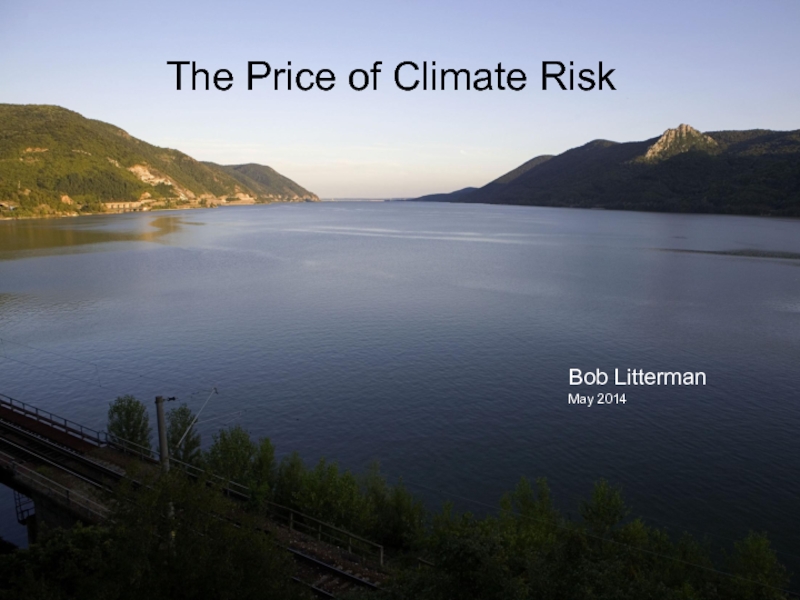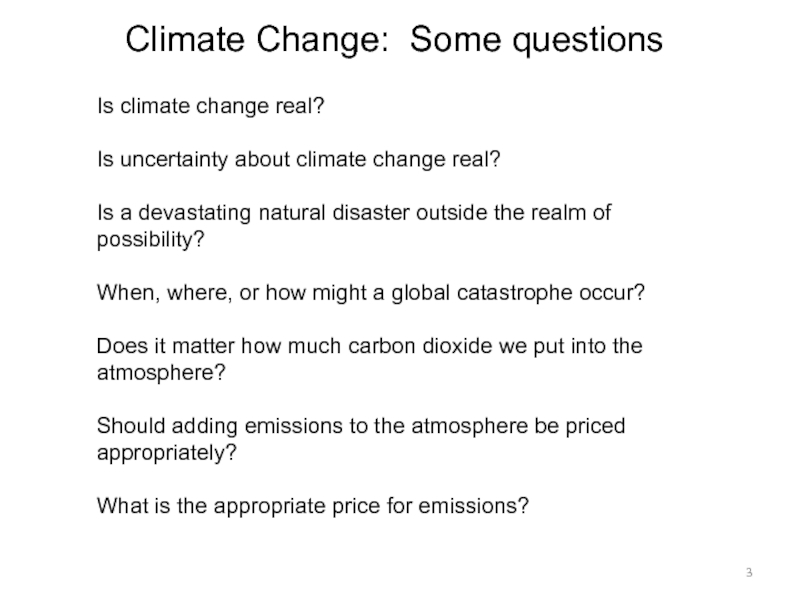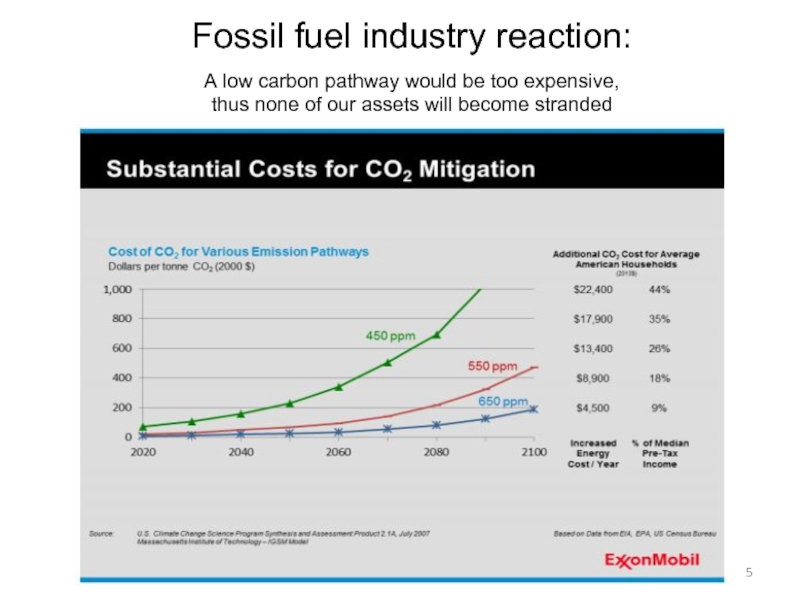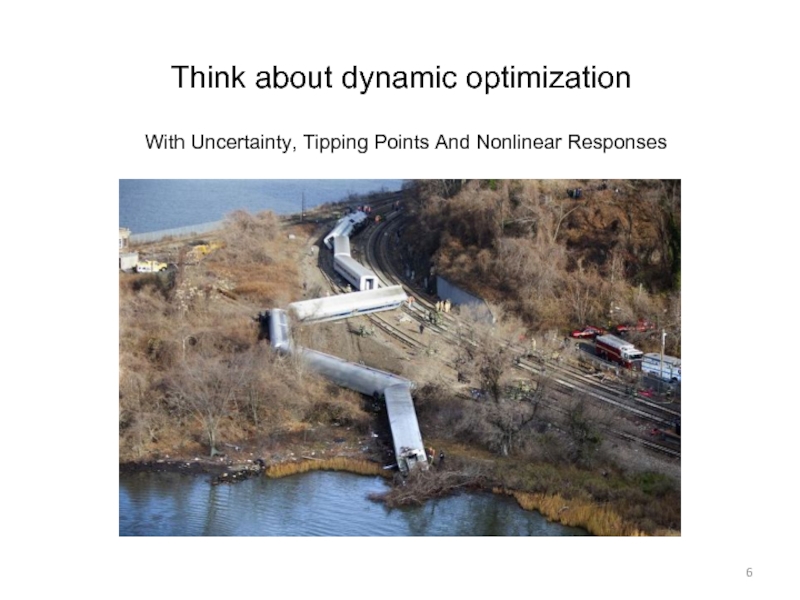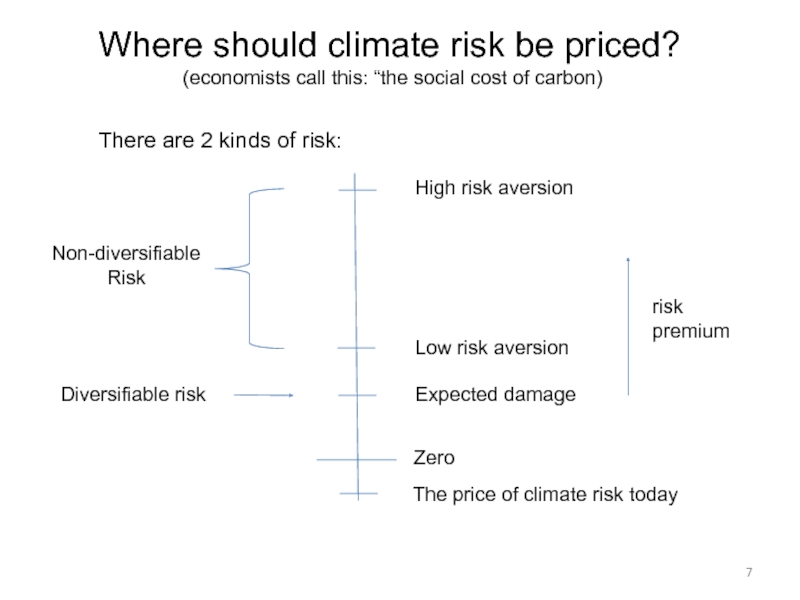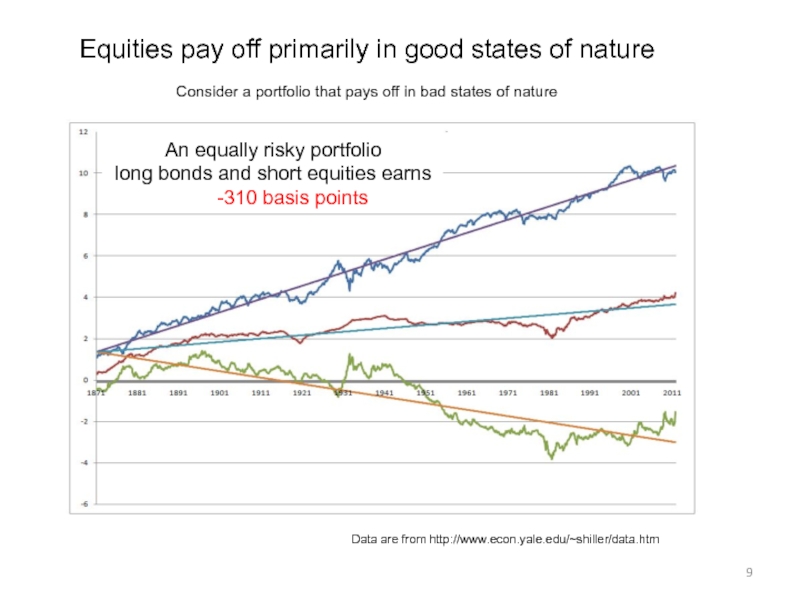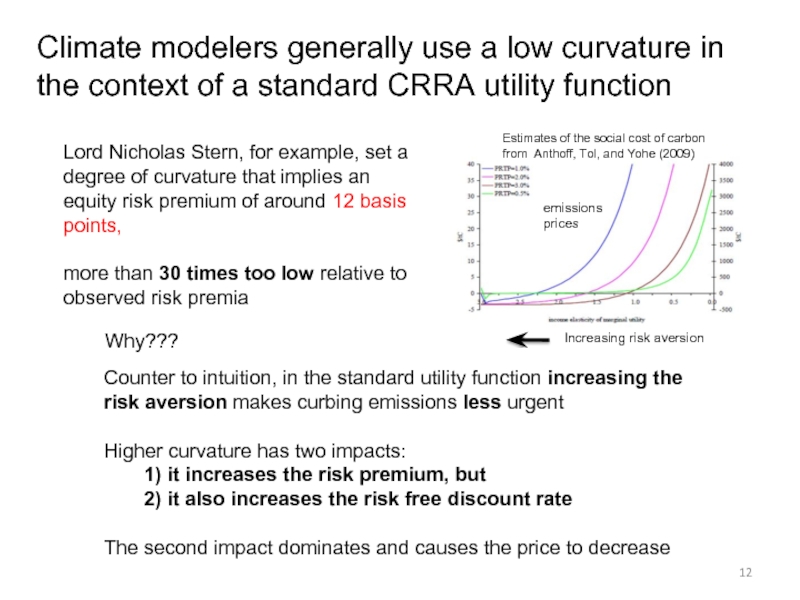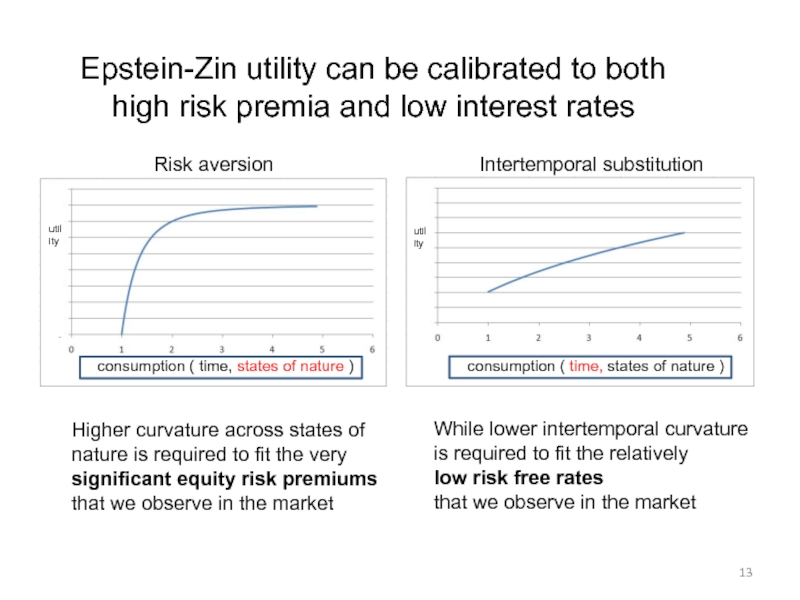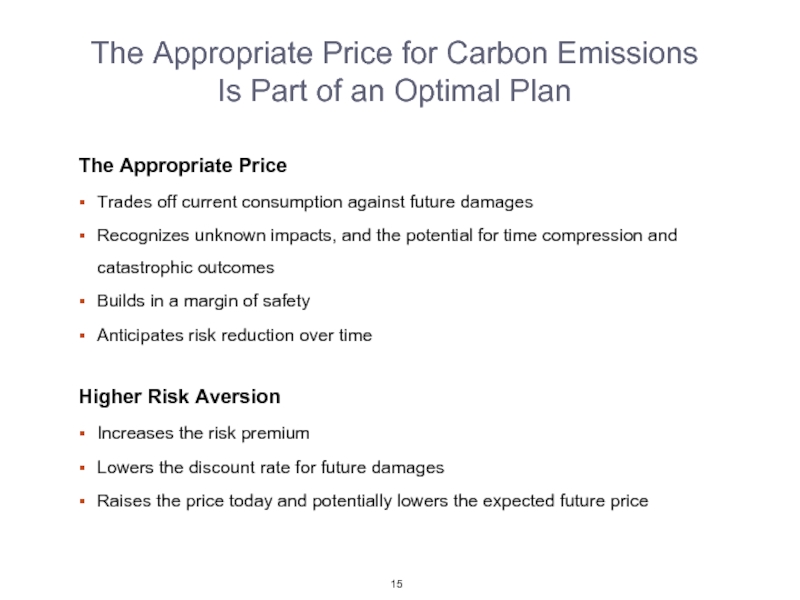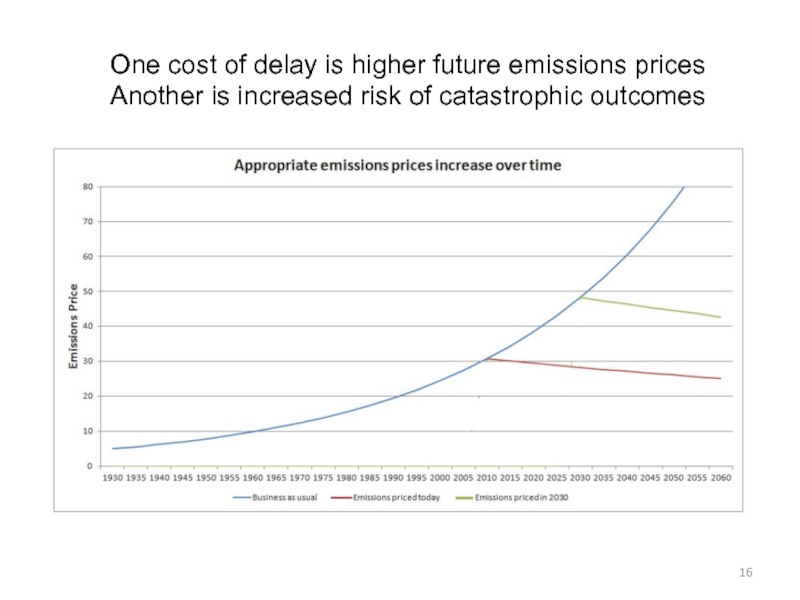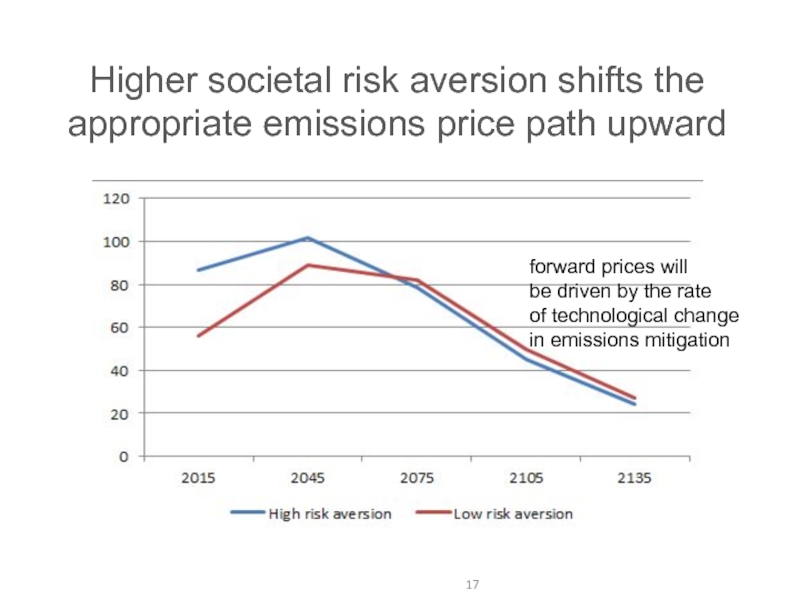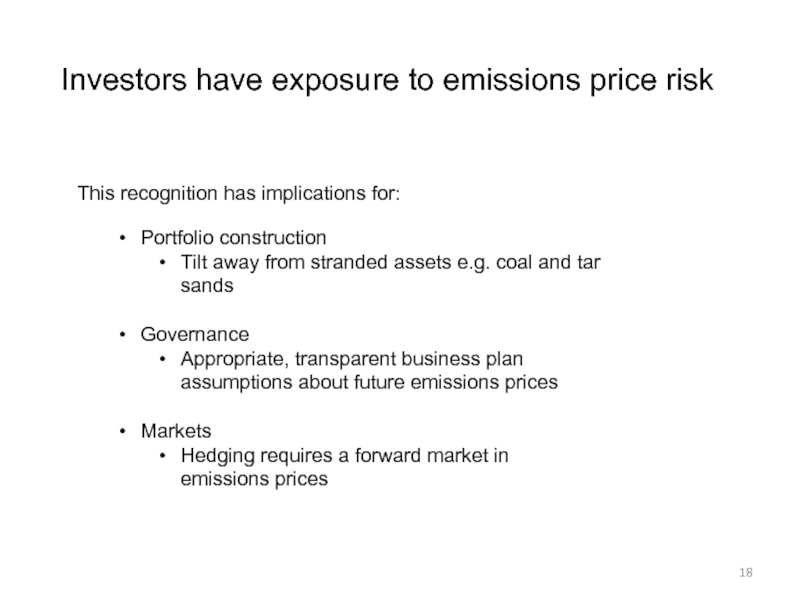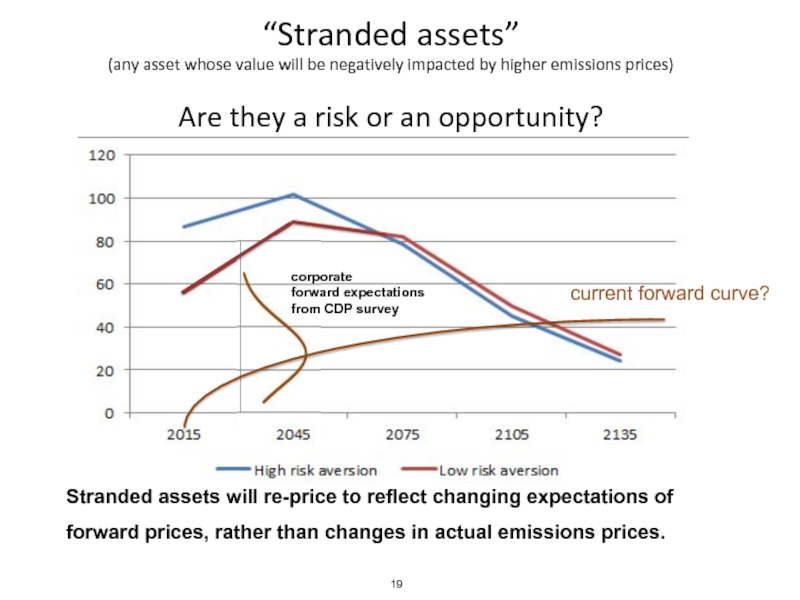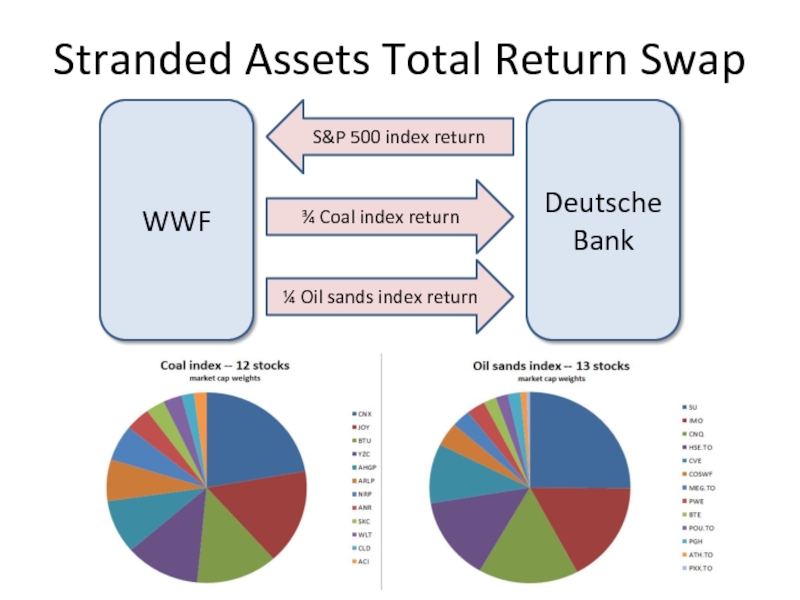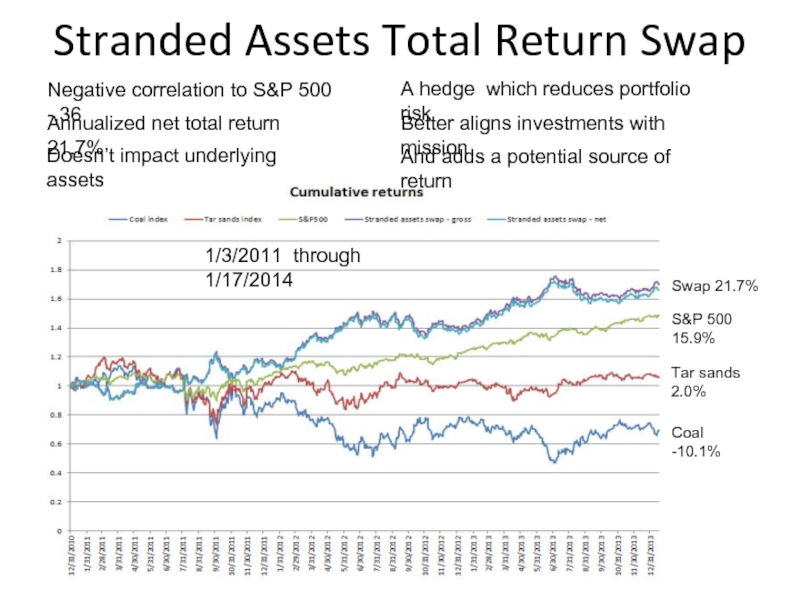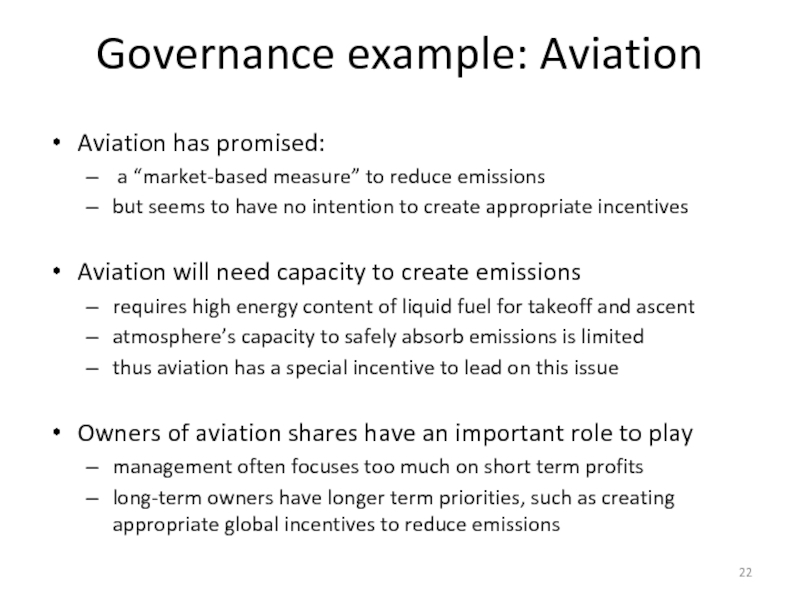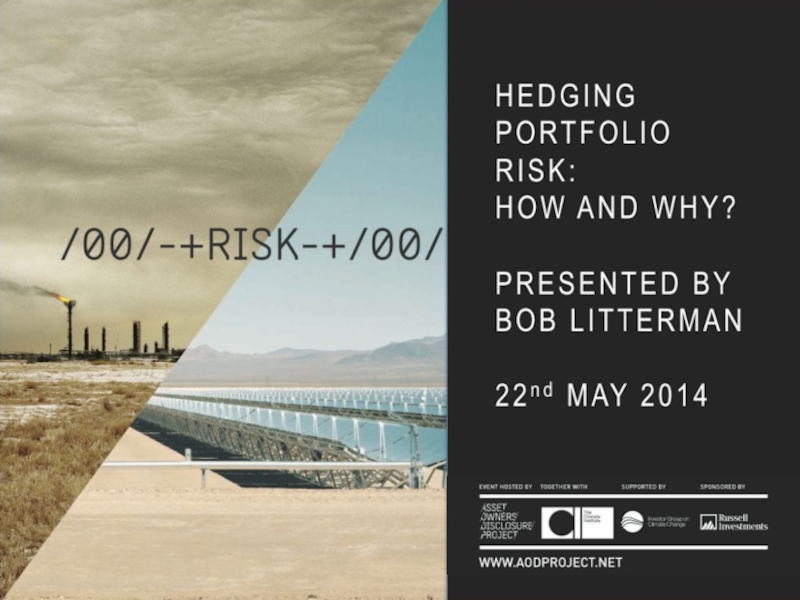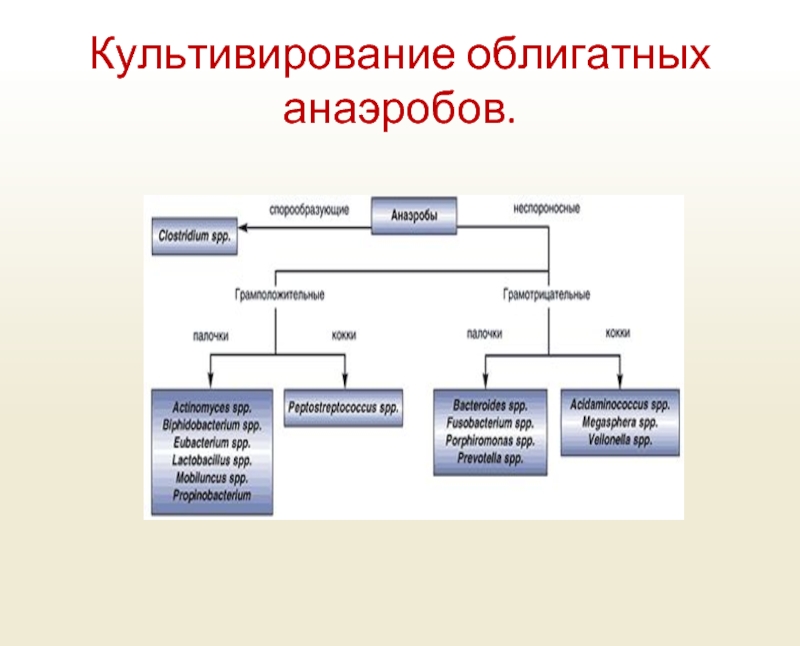- Главная
- Разное
- Дизайн
- Бизнес и предпринимательство
- Аналитика
- Образование
- Развлечения
- Красота и здоровье
- Финансы
- Государство
- Путешествия
- Спорт
- Недвижимость
- Армия
- Графика
- Культурология
- Еда и кулинария
- Лингвистика
- Английский язык
- Астрономия
- Алгебра
- Биология
- География
- Детские презентации
- Информатика
- История
- Литература
- Маркетинг
- Математика
- Медицина
- Менеджмент
- Музыка
- МХК
- Немецкий язык
- ОБЖ
- Обществознание
- Окружающий мир
- Педагогика
- Русский язык
- Технология
- Физика
- Философия
- Химия
- Шаблоны, картинки для презентаций
- Экология
- Экономика
- Юриспруденция
The Price of Climate Risks - Bob Litterman презентация
Содержание
- 2. Bob Litterman May 2014 The Price of Climate Risk
- 3. Climate Change: Some questions Is climate change
- 4. Stranded Assets GtCO2 Equivalent Carbon budget 2000
- 5. Fossil fuel industry reaction: A low carbon
- 6. Think about dynamic optimization With Uncertainty, Tipping Points And Nonlinear Responses
- 7. Where should climate risk be priced? (economists
- 8. The Equity Risk Premium US Historical
- 9. Equities pay off primarily in good states
- 10. What does the Equity Risk Premium have
- 11. Economic impacts depend on future temperatures which are very uncertain Science: 25 March 2012
- 12. Climate modelers generally use a low curvature
- 13. Higher curvature across states of nature
- 14. The rigidity of standard utility functions explains
- 15. The Appropriate Price for Carbon Emissions
- 16. One cost of delay is higher future
- 17. Higher societal risk aversion shifts the appropriate
- 18. Investors have exposure to emissions price risk
- 19. “Stranded assets” (any asset whose value
- 20. Stranded Assets Total Return Swap WWF Deutsche
- 21. Stranded Assets Total Return Swap Negative correlation
- 22. Governance example: Aviation Aviation has promised:
- 23. Questions?
Слайд 3Climate Change: Some questions
Is climate change real?
Is uncertainty about climate change
Is a devastating natural disaster outside the realm of possibility?
When, where, or how might a global catastrophe occur?
Does it matter how much carbon dioxide we put into the atmosphere?
Should adding emissions to the atmosphere be priced appropriately?
What is the appropriate price for emissions?
Слайд 4Stranded Assets
GtCO2 Equivalent
Carbon budget 2000 - 2050
Carbon used 2000 - 2010
Remaining
Coal
Coal +
Oil
Coal +
Oil + Gas
Proven Reserves
Stranded assets 2230
Source: Carbon Tracker Initiative
Слайд 5Fossil fuel industry reaction:
A low carbon pathway would be too expensive,
thus
Слайд 7Where should climate risk be priced?
(economists call this: “the social cost
There are 2 kinds of risk:
High risk aversion
Low risk aversion
Zero
The price of climate risk today
Non-diversifiable
Risk
Diversifiable risk
Expected damage
risk
premium
Слайд 8The Equity Risk Premium
US Historical Real Returns
Data are from http://www.econ.yale.edu/~shiller/data.htm
ERP
Stock real return = 6.4%
Bond real return = 1.6%
A consistent 475 basis points per year for the last 140 years
Слайд 9Equities pay off primarily in good states of nature
Consider a portfolio
Data are from http://www.econ.yale.edu/~shiller/data.htm
An equally risky portfolio
long bonds and short equities earns
-310 basis points
Слайд 10What does the Equity Risk Premium have
to do with Pricing Climate
Pricing carbon emissions is a risk management problem involving trade-offs between consumption today and potential bad outcomes in the distant future
This trade-off depends crucially on the degree of societal risk aversion
Societal risk aversion can be calibrated to the equity risk premium
Слайд 11Economic impacts depend on future
temperatures which are very uncertain
Science: 25 March
Слайд 12Climate modelers generally use a low curvature in the context of
Counter to intuition, in the standard utility function increasing the risk aversion makes curbing emissions less urgent
Higher curvature has two impacts:
1) it increases the risk premium, but
2) it also increases the risk free discount rate
The second impact dominates and causes the price to decrease
Lord Nicholas Stern, for example, set a degree of curvature that implies an equity risk premium of around 12 basis points,
more than 30 times too low relative to observed risk premia
Estimates of the social cost of carbon
from Anthoff, Tol, and Yohe (2009)
emissions
prices
Increasing risk aversion
Why???
Слайд 13Higher curvature across states of
nature is required to fit the
significant equity risk premiums
that we observe in the market
While lower intertemporal curvature
is required to fit the relatively
low risk free rates
that we observe in the market
Risk aversion
Intertemporal substitution
Epstein-Zin utility can be calibrated to both
high risk premia and low interest rates
consumption ( time, states of nature )
consumption ( time, states of nature )
utility
utility
Слайд 14The rigidity of standard utility functions explains why in most climate
risk aversion lowers the price of emissions
Слайд 15The Appropriate Price for Carbon Emissions
Is Part of an Optimal
The Appropriate Price
Trades off current consumption against future damages
Recognizes unknown impacts, and the potential for time compression and catastrophic outcomes
Builds in a margin of safety
Anticipates risk reduction over time
Higher Risk Aversion
Increases the risk premium
Lowers the discount rate for future damages
Raises the price today and potentially lowers the expected future price
Слайд 16One cost of delay is higher future emissions prices
Another is increased
Слайд 17Higher societal risk aversion shifts the appropriate emissions price path upward
forward prices will
be driven by the rate
of technological change
in emissions mitigation
Слайд 18Investors have exposure to emissions price risk
Portfolio construction
Tilt away from stranded
Governance
Appropriate, transparent business plan assumptions about future emissions prices
Markets
Hedging requires a forward market in emissions prices
This recognition has implications for:
Слайд 19“Stranded assets”
(any asset whose value will be negatively impacted by
Are they a risk or an opportunity?
Stranded assets will re-price to reflect changing expectations of forward prices, rather than changes in actual emissions prices.
corporate
forward expectations
from CDP survey
current forward curve?
Слайд 20Stranded Assets Total Return Swap
WWF
Deutsche
Bank
¾ Coal index return
¼ Oil sands index
S&P 500 index return
Слайд 21Stranded Assets Total Return Swap
Negative correlation to S&P 500 -.36
Annualized
1/3/2011 through 1/17/2014
Swap 21.7%
S&P 500 15.9%
Tar sands 2.0%
Coal -10.1%
A hedge which reduces portfolio risk
And adds a potential source of return
Better aligns investments with mission
Doesn’t impact underlying assets
Слайд 22Governance example: Aviation
Aviation has promised:
a “market-based measure” to reduce emissions
but
Aviation will need capacity to create emissions
requires high energy content of liquid fuel for takeoff and ascent
atmosphere’s capacity to safely absorb emissions is limited
thus aviation has a special incentive to lead on this issue
Owners of aviation shares have an important role to play
management often focuses too much on short term profits
long-term owners have longer term priorities, such as creating appropriate global incentives to reduce emissions
